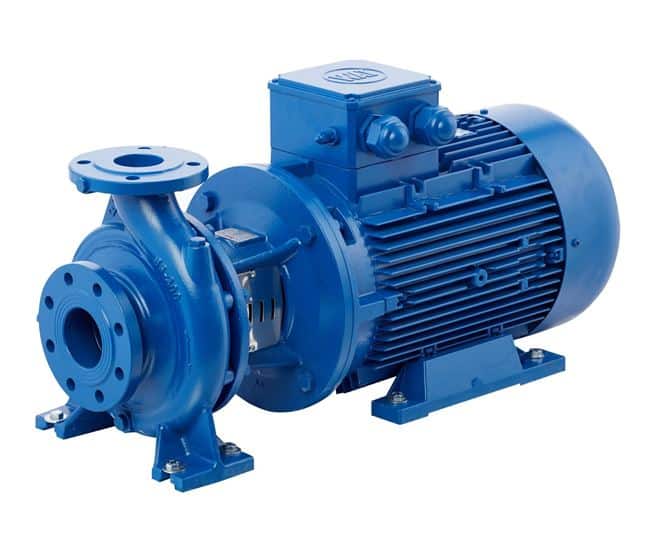
Pumps play a vital role in a number of different industries, from food and beverage to chemical and pharmaceutical. Here at PumpWorks, we supply and install a wide range of pumps for a vast array of applications, with pump specialists who are more than capable of understanding what is required and what works.
In this blog, we will explore the definition of a self-priming pump and how they work.
A self-priming pump is a pump that automatically primes itself, often used in applications where manual intervention is not needed. The most common type of self-priming pump is the self-priming centrifugal pump which is capable of pumping liquids while venting the air at startup. Please keep in mind that not all centrifugal pumps are self-priming.
Self-priming pumps are frequently used for a number of different applications, from breweries to steel mills. You can find self-priming pumps for:
Other types of pumps that can also be labelled as ‘self-priming’, including peristaltic pumps, lobe pumps, and others.
Self-priming pumps work by creating a small vacuum that removes air and discharges liquid. During the priming process, the air rises and the liquid sinks, allowing the liquid (free of air) to move back into the pump impeller. This process is repeated until all of the air is evacuated, allowing a vacuum to form in the suction line. The air-free liquid is then pushed into the suction line and towards the impeller, triggering the start of the actual pumping.
At PumpWorks, we supply and install a selection of self-priming pumps for a variety of applications. Our experts are on hand to assist with all of your pump needs For more information about our range of pump services, or for any further questions, please don’t hesitate to get in touch with the PumpWorks team today.

Address: 16/10 Olive Road, Penrose, Auckland 1061
Phone: 0800 215 104
Email: sales@pumpworks.co.nz